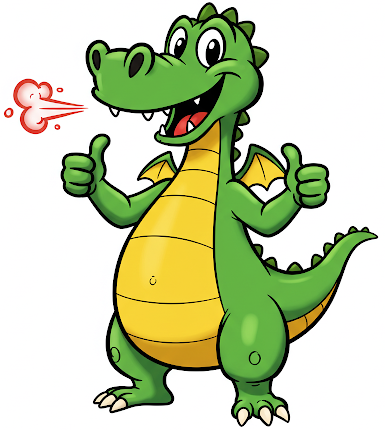The 'Azeri' version of Nakhichevan's history
History
Nakhichevan's earliest claim to fame comes from biblical times, as Noah's ark before having reached Mount Ararat is supposed to have first touched land on the submerges summit of the Ilan-dag mountain. The republic's name apparently comes from this legend, Nakhichevan being a corruption of Nukkhtchikhan, the 'Colony of Noah'.
Nakhichevan was invaded by Greeks and Romans, transferred to Parthia and Sassanid Persia, devastated by the Arabs armies of Emir Habib in the 8th century, independent in the 9th and 10th centuries, invaded by the Seljuk Turks of Alp Arasan in th 11th, briefly independent as the Atabak Ildegizids state in the 12th century, invaded by Turks and Mongols, again controlled by Persia, it eventually became a quasi-independent Khanate in the 18th century and was integrated in Russia in the 19th century. In 1924 Stalin made it an autonomous republic, status that it maintains today within Azerbaijan. In 1991, as the USSR started to collapse, Nakhichevan declared independence even before Azerbaijan, second only to Lithuania. Today as an autonomous republic within Azerbaijan, Nakhchivan has its own parliament (President Aliyev's family is from Nakhichevan).
In spite, or maybe because of such an agitated history, Nakhchivan is rich in architectural heritage. Worth special notice are the mausoleum of Momine Khatun (12-th century), the tomb of Yusuf Kuseir, mausoleum Garabaglar with 2 minarets, the mausoleum of Fazlullah Naimi, the Khanega caravanserai, the Alindja castle and the ruins of the city of Gilan.
History
Nakhichevan's earliest claim to fame comes from biblical times, as Noah's ark before having reached Mount Ararat is supposed to have first touched land on the submerges summit of the Ilan-dag mountain. The republic's name apparently comes from this legend, Nakhichevan being a corruption of Nukkhtchikhan, the 'Colony of Noah'.
Nakhichevan was invaded by Greeks and Romans, transferred to Parthia and Sassanid Persia, devastated by the Arabs armies of Emir Habib in the 8th century, independent in the 9th and 10th centuries, invaded by the Seljuk Turks of Alp Arasan in th 11th, briefly independent as the Atabak Ildegizids state in the 12th century, invaded by Turks and Mongols, again controlled by Persia, it eventually became a quasi-independent Khanate in the 18th century and was integrated in Russia in the 19th century. In 1924 Stalin made it an autonomous republic, status that it maintains today within Azerbaijan. In 1991, as the USSR started to collapse, Nakhichevan declared independence even before Azerbaijan, second only to Lithuania. Today as an autonomous republic within Azerbaijan, Nakhchivan has its own parliament (President Aliyev's family is from Nakhichevan).
In spite, or maybe because of such an agitated history, Nakhchivan is rich in architectural heritage. Worth special notice are the mausoleum of Momine Khatun (12-th century), the tomb of Yusuf Kuseir, mausoleum Garabaglar with 2 minarets, the mausoleum of Fazlullah Naimi, the Khanega caravanserai, the Alindja castle and the ruins of the city of Gilan.









Comment